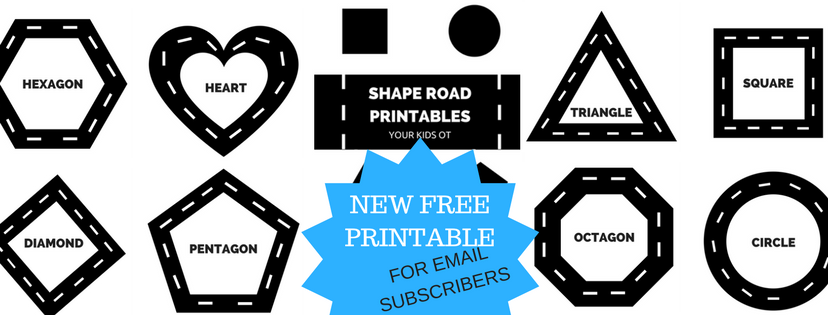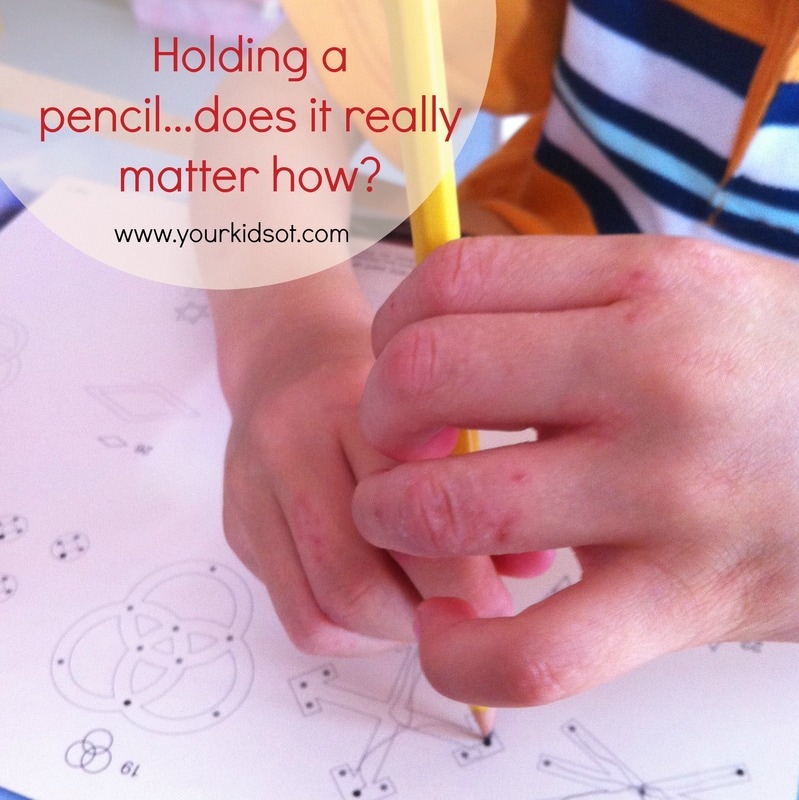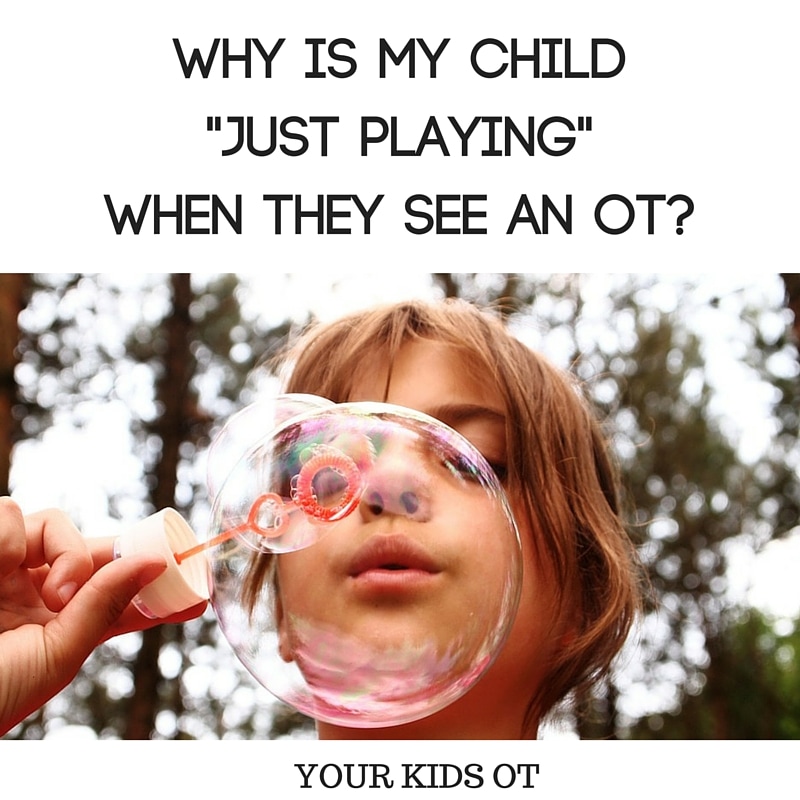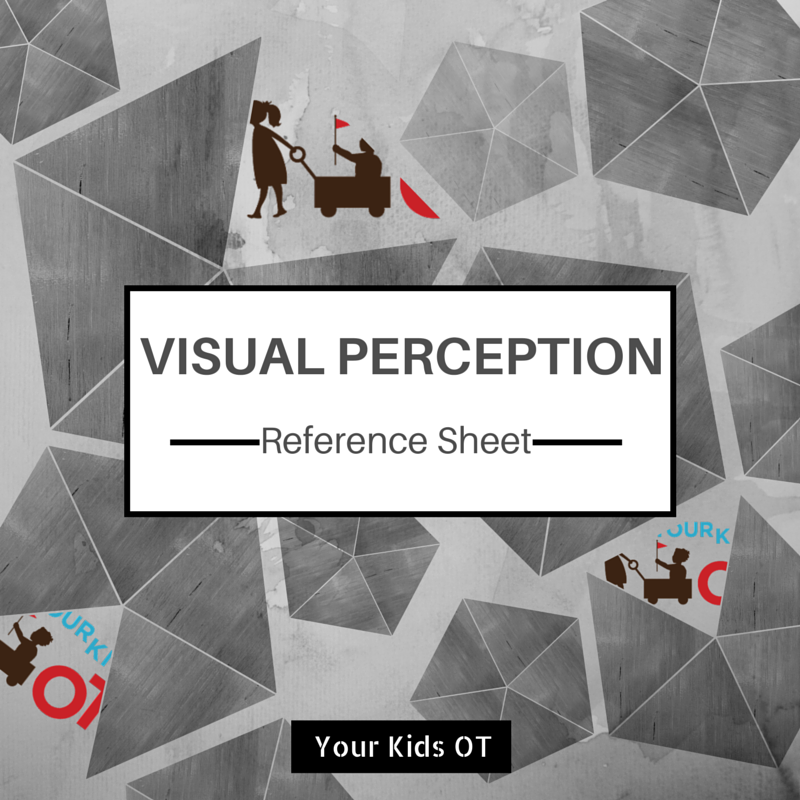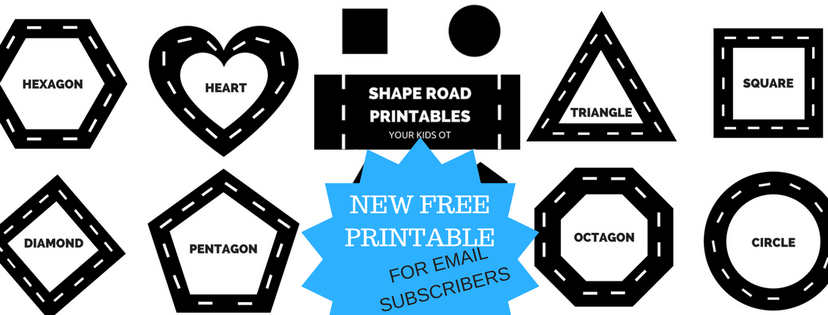|
"Self- regulation" is a buzz phrase at the moment. Emotional regulation? Sensory regulation? Co-regulation? What does it mean and does it relate to executive functioning skills? Does it relate to interoception? What is age-appropriate? It can be confusing navigating these terms and sifting through all of the information available on this topic. Different people seem to use the term "self- regulation" in different ways. These authors found occupational therapy and self-regulation in 58 publications with many of them not defining the term! Here is a look at self-regulation according to several sources and common programs used by occupational theapists. Bookmark this one to read or grab a cup of coffee, as we are covering a bit today! 1. ALERT program and "arousal theory". Williams and Shellenberger (2012) describe in the ALERT program: "arousal" as the state of the nervous system that describes how alert one feels to attend, concentrate and perform tasks. "Self-regulation" is the ability to attain, maintain and change arousal appropriately for a task or situation (requiring neurological brain connections to do so). A developmental progression is described separting self-regulation by age into "first order self-regulation" (infants regulation of automatic body functions such as breathing, temperature and sleep-wake cycles), "second order self-regulation" (visual monitoring, selective attention, use of adaptive movement, coordination of suck/swallow/breath and vocaliszation), and "third order self-regulation"(higher-level cognitive skills for problem solving, self-monitoring, recognition of varying needs, language, planning, attention, working memory, organization of space, time, tasks, environments, goals). The Alert program focuses on using the third order self-regulation (ie. high level thinking) to help children to recognize their need for arousal state change (first order self-regulation) using second- order strategies. As children develop, they become more able to subconciously choose, use and refine sensorimotor strategies for self-regulation. Find out more about the ALERT program HERE. 2. Zones of Regulation and the integration of neuorological components to self-regulation. According to the Kuypers (2011) in the Zones of Regulation Curriculum; "self regulation" requires three critical neurological components to be integrated. The components are sensory processing, executive functioning and emotional regulation. Self-regulation is therefore defined as "regulating one's sensory needs, emotions and impulses to meet the demands of the environment, reach one's goals, and behave in a socially appropriate way". Kuypers describes sensory processing as how a person makes sense of the information perceived by sensory receptors, organize and integrate the information so that purposeful action can take place. Executive functioning is described as the cognitive processes involved in conscious control of thoughts and actions. Emotional regulation is described as the ability to control one's emotions to meet social requirements using cognitive thinking elements such as objectivity, motivation and understanding the perspective of others. These three components are interdependent and function together to achieve self-regulation. The Zones of Regulation Program uses a cognitive behaviour approach to assist children to consciously regulate their emotions, which in turns lead to increased control and problem solving abilities. Read more abou the Zones of Regulation Program HERE. 3. Executive Function in the Classroom by Christopher Kaufman According toe Kaufman (2010), executive functioning skills is a term that is an umbrella term for two strands (the Metacognitive strand and the Social/emotional Regulation strand). The Metacognitive strand includes one's ability for goal setting, planning, sequencing, organization of materials, time management, task initiation, executivite/goal-direction attention, task persistence, working memory and set shifting. The Social/emotional Regulation strand includes one's response inhibition (impulse control), emotional control and adaptability. This book outlines the neurology of self-regulation and asks adults (teachers, parents, etc) to consider how to provide children with a "surrogate prefrontal cortical capacity". This means how a child may be provided with more support to ensure a child's daily survival, the "stop-and-think" and problem solving skills a child might need until their regulatory capacity can take over. Executive Function in the Classroom may be purchased from a book supplier such as this one. 4. The Preschool Situational Assessment ToolKit (PRSiST) by Wollongong University This assessment and regulation handbook uses the Australian Early Learning Framework to support a child's self regulation. They describe both adult and child practices to facilitate regulation for preschool age children (approx 3-5 yrs). Self-regulation is defined as the capacity to control urges, impulses and natural reactions, as needed, both by stopping something (even if one does not want to stop) or by starting something (even if one does not want to start). By the end of the pre-school years, well-regulated children can wait their turn, resist the temptation to grab a desired object from another child, tidy up after play with little prompting, and persist with a challenging activity. In later life, well-regulated adults (who were often well-regulated children) tend to have finished school, be employed, and have fewer problems with their health, substance abuse, financial difficulties and the law.
5. Sensory Processing: The Star Institute The STAR Institute are known for their treatment, education and research of sensory processing disorder. The STAR institute use the following definitions: Regulation: How we shift and maintain states according to the demands of the environment. In a balanced sympathetic/para-sympathetic nervous system ‘regulation’ toggles between unconscious and conscious as we shift between states of arousal according to internal and external context-dependent demands. Co-regulation: When two people are connected / engaged there is a process of coregulation (or other-regulation) that takes place where they contribute to one another’s sense of calm and availability for the world. This impacts our ability to tolerate stressors and recover from stress. You can co-regulate OR co-escalate, in Daniel Siegel’s work this connection is often called the interbrain. Self Regulation: The independent ability to remain calm and alert and available to the world around us. Self Regulation is sometimes called self-care, it is a process that is running in the background all the time everyday. We cannot entirely self-regulate at any stage of life. However in early infancy we rely a lot more on coregulation than we do later in life. The STAR institute's model of practice includes their "Regulation Cup" with an interconnectedness between sensory registration, modulation and arousal within a context of a child's relationship with others. Find out more about the STAR Institute and access their FREE definition page HERE. 6. DIR Floortime Model The Interdisciplinary Council on Development and Learning (ICDL) is a not-for-profit organization dedicated to promoting each person's development to its fullest potential. ICDL provide training for parents and professionals on the DIRFloortime® model. DIRFloortime® is used to help children, young adults, and adults with a wide range of emotional, sensory, regulatory, motor, learning, and developmental challenges. DIR is the Developmental, Individual-differences, and Relationship-based model used to provide an understanding for human development and outlines the critical role social-emotional development has on overall human development. ICDL define regulation as... Regulaton: The ability to stay in the ‘just right’ state rather than being over- or under- aroused. When well-regulated, you are calm, alert and available. Your regulatory state for taking a written examination is different from when you are participating in a soccer match. Regulation is best when the following areas come together: sensory integration, cognitive understanding, problem solving, adaptive and coping abilities, and the ability to sustain interactions. Find out more about ICDL and access their glossary of terms. 7. The Interoception Curriculum: A step by step framework for developing mindful self-regulation. Interoception is described as the ability to feel internal sensations (aka body signals). The Interoception curriculum defines "self-regulation" is the ability to identify and manage how you feel, making connections with the body, emotions and regulation. To be able to self-regulate, Mahler (2019) identifies that it requires someone to be aware of how one's body feels which in turn provides valuable information about one's emotions. Recognizing when one needs to regulate and knowing what action will help with independent self-regulation. This independence may not mean "people free"regulation as there is an acknowledgment aht other people help us to regulate and to feel good. This curriculum believes that interoception is the foundation to self-regulation. Find out more about Interoception and the curriculum HERE. So what can draw on with these definitions of self-regulation? Here is my version. Self-regulation is the ability to recognize and manage our emotions, behaviour and thinking within the context of our relationships with others and activities of daily living. Whilst this is not an exhaustive list of programs and resources, I hope that this article provides an overview of different approaches to regulation from the "bottom up" and the "top down". You can also read about the Pyramid of Learning HERE. Professionally, each of these programs and resources have a place in my "toolkit" to look at regulation with the different children I see clinically. Some children will have difficulty identifying and answering a simple question of "How do you feel?" Other children have the cognitive capacity to consider the social expectations of a situation and manage their behaviour and emotions accordingly. As parents, teachers and therapists; it is important for us to know that children are continuing to develop physically, emotionally, cognitively well into their teenage years. Co-regulation, where an adult guides a child with principles for regulation and provides appropriate tools ... is important throughout every stage of child development. This is a valuable article on co-regulation that is a must for all of you to read "Co-regulation from birth to young adulthood: A Practice Brief (The University of North Carolina)". At the time of writing, I've misplaced (or maybe loaned out) my copy of "The Whole Brain Child" by Daniel Siegel and Tina Payne Ryson (another valuable reference for parents and therapists on co-regulation and emotional intelligence), however refer to this excellent summary HERE. There will be more to come this year as I share on regulation tools, strategies for regulation as well as more on interoception that many of you have been asking about! You may also want to look at the following printable resources. * Social emotional compentencies bundle * Stories to teach emotional regulation * We can share! Social Story for children. * How do I react? How do you define self-regulation? What are the programs and resources are you using?  Cindy is a registered occupational therapist practising in Sydney, Australia. She has two growing children who are a constant source of inspiration and learning. Cindy loves working creatively to help children to reach their potential, finding opportunities in everyday living and making learning fun. She is also addicted to making printables (even when they take a long time to complete). Cindy is the author of the Occupational Therapy blog Your Kids OT. Read more articles from Your Kids OT at https://www.yourkidsot.com/blog Cindy is a member of the Functional Skills for Kids Therapy Team. They have together published THE HANDWRITING BOOK, THE SCISSORS SKILLS BOOK and THE TOILETING BOOK. The information on this site is general in nature. The activities are safe for most children, however, you should consult an Occupational Therapist or health professional to address specific movement, sensory or other medical conditions. Affiliate links are used throughout this website to promote recommended products. Your Kids OT receives a small commission if any purchases are made through these links. Please see my disclosure policy for more details. Amazon Store: https://www.amazon.com/shop/yourkidsot YKOT shop: https://www.yourkidsot.com/store/c1/Featured_Products.html Teachers Pay Teachers: https://www.teacherspayteachers.com/Store/Your-Kids-Ot You Tube Channel: https://www.youtube.com/channel/UCZUz_5nYEOCkj32DiOCQo4Q/featured Facebook: https://www.facebook.com/yourkidsot Instagram: https://www.instagram.com/yourkidsot/ Pinterest: https://www.pinterest.com.au/yourkidsot/ Comments are closed.
|
AuthorHi, I'm Cindy and I am an Occupational Therapist. I enjoy working creatively with children to see them reach their potential. Read more about me here. SEARCH THIS SITE
Archives
June 2024
Categories
All
Popular Posts |
Join the YKOT e-newsletter!
Subscribe to get our latest content by email and receive
the SHAPE ROADS PRINTABLE NOW!

Success! Now check your email to confirm your subscription and receive your free printable!
Join our Mailing List!
Subscribe to get our latest content by email and receive
the SHAPE ROADS PRINTABLE NOW as a thankyou!

Success! Now check your email to confirm your subscription and receive your free printable!
Disclaimer: The information on this site is general in nature and should be used for educational and entertainment purposes. The activities are safe for most children, however, you should consult an Occupational Therapist or health professional to address specific movement, sensory or other medical conditions. This blog does not replace formal therapeutic professional advice given by a health professional or medical practitioner. Reviews and endorsements of products will only be made based on my expertise and personal opinion; and deemed worthy of such endorsement. The opinions shared in sponsored content will always be my own and not that of the advertising company or brand. Content, advertising space or posts will be clearly identified if paid, affiliated or sponsored. Affiliate links may be found throughout this website in advertising. This means that if you follow through with a purchase from these links, Your Kids OT will receive a percentage of the sale. Your Kids OT undertakes to meet the requirements of the "Social Media Policy" as published by Australian Health Practitioner Regulation Agency (AHPRA). Further information about this policy can be found here.
Find meFollow me |
About me
AuthorHi, I'm Cindy and I am an Occupational Therapist. I enjoy working creatively with children to see them reach their potential. Read more about me here. |
Copyright © 2017 Your Kid OT

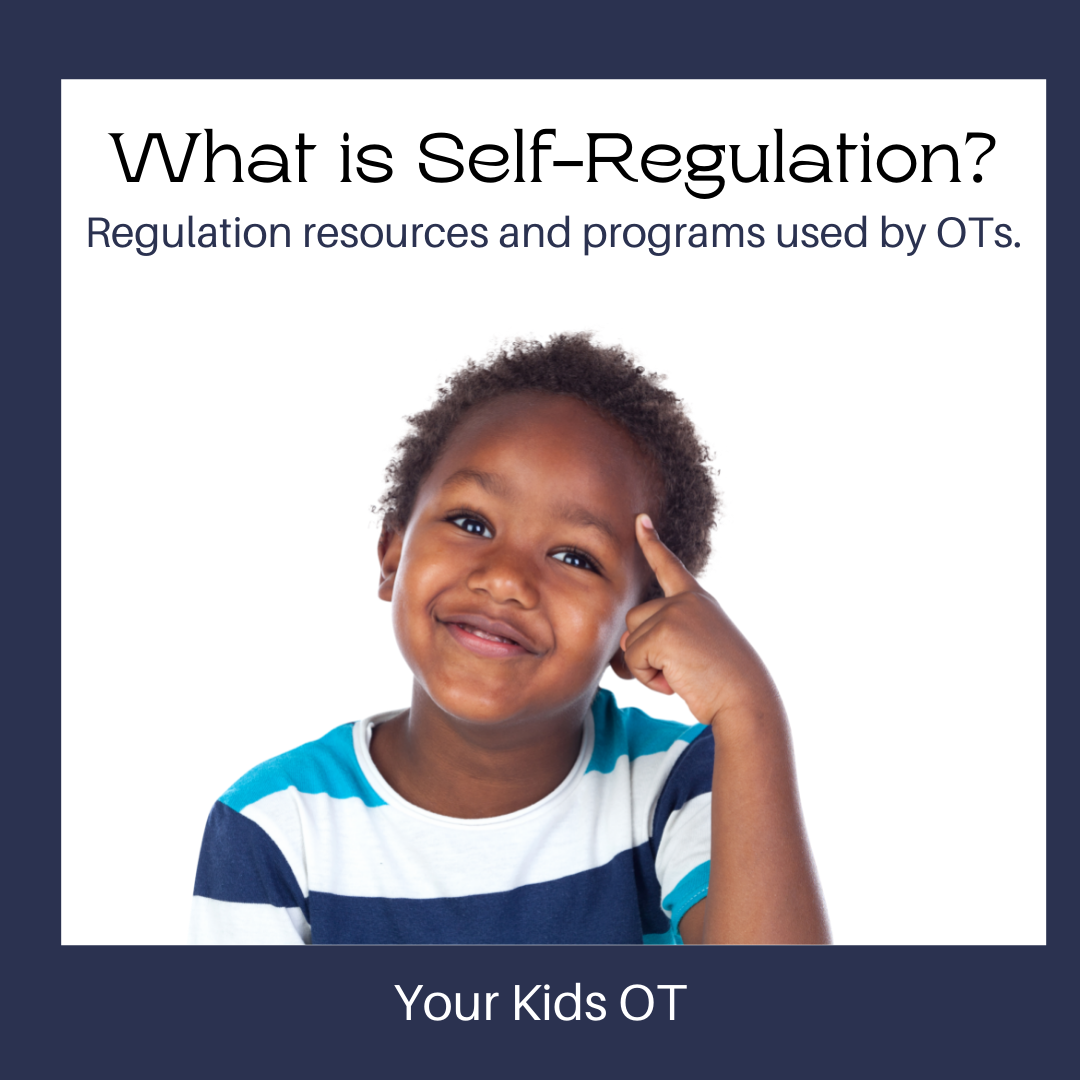
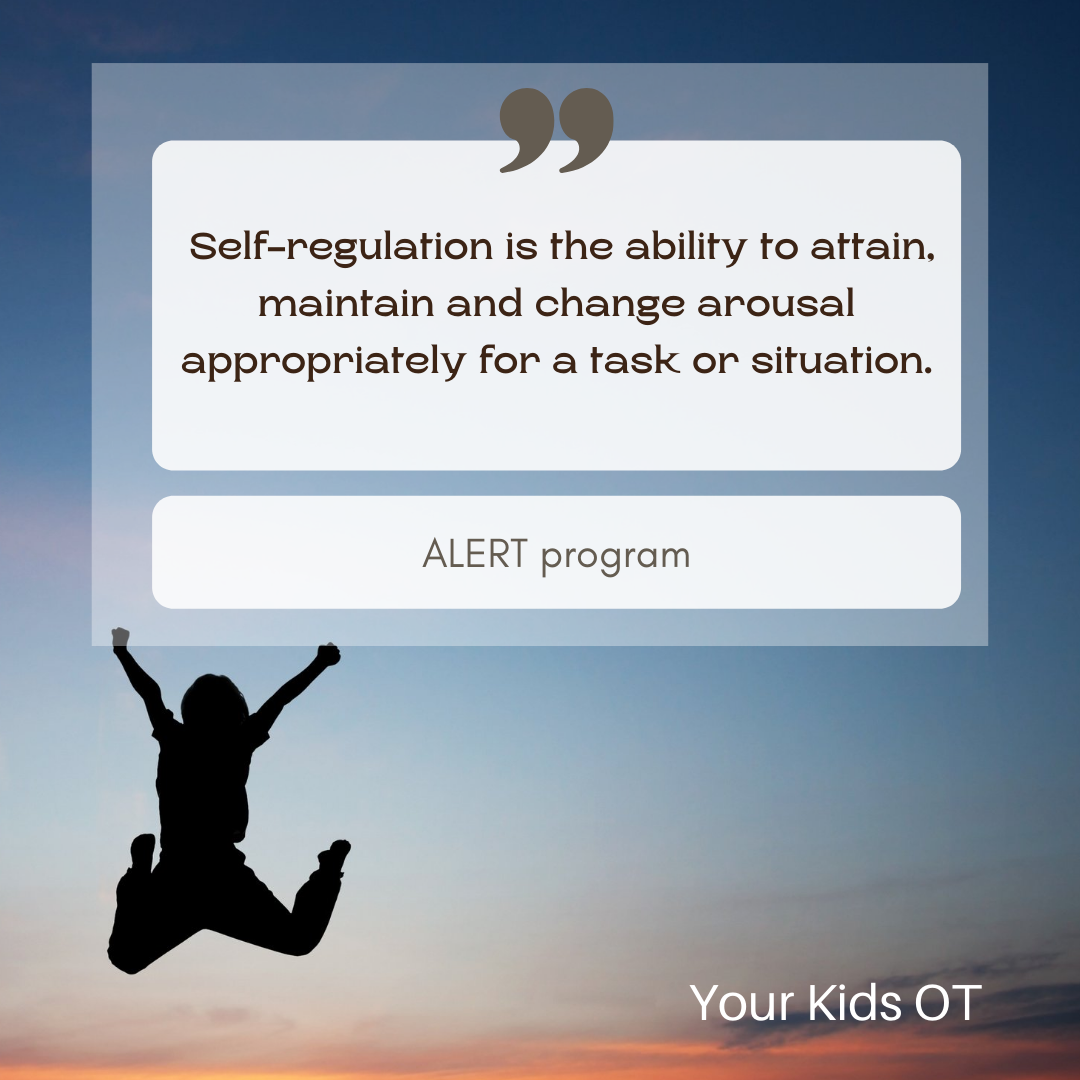
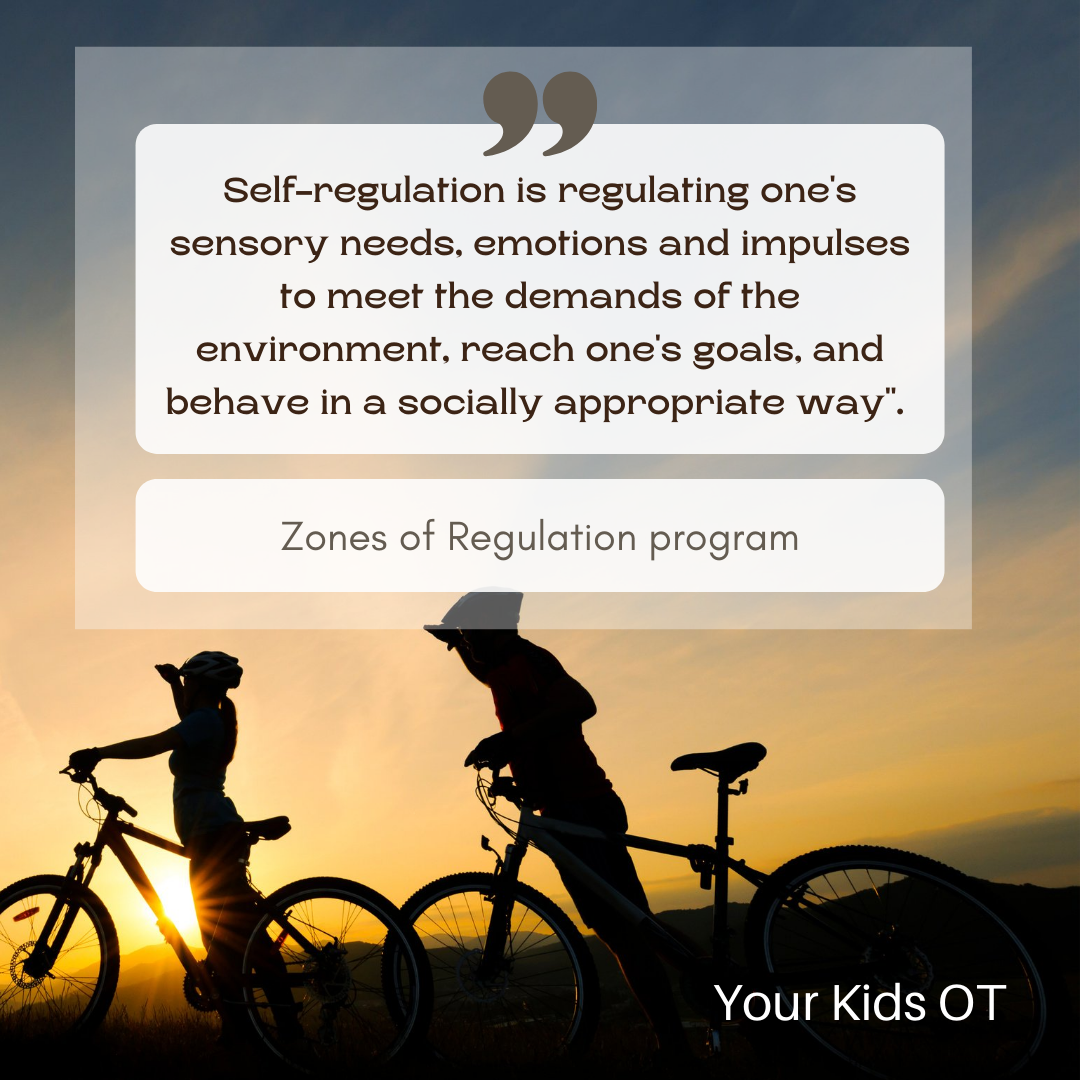

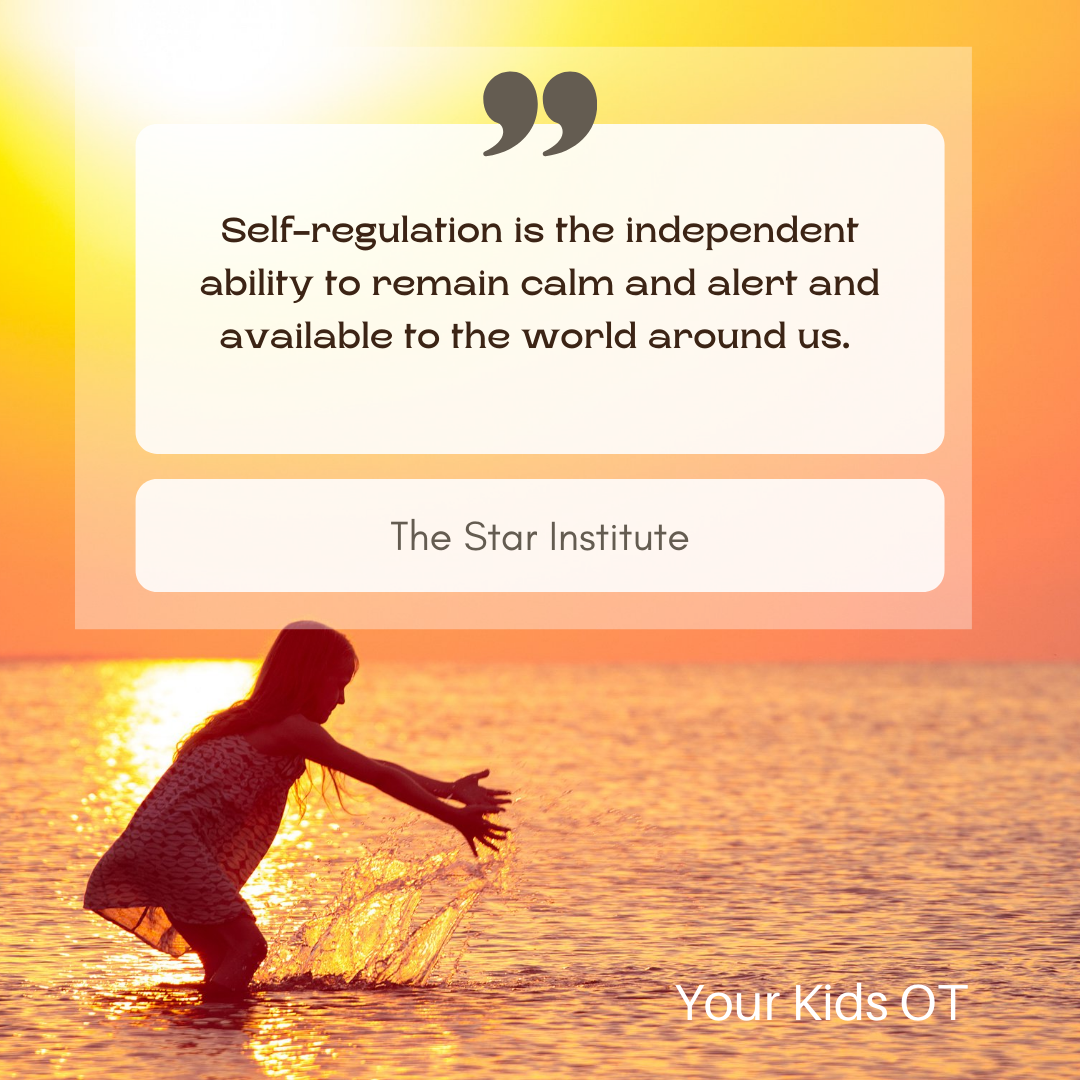
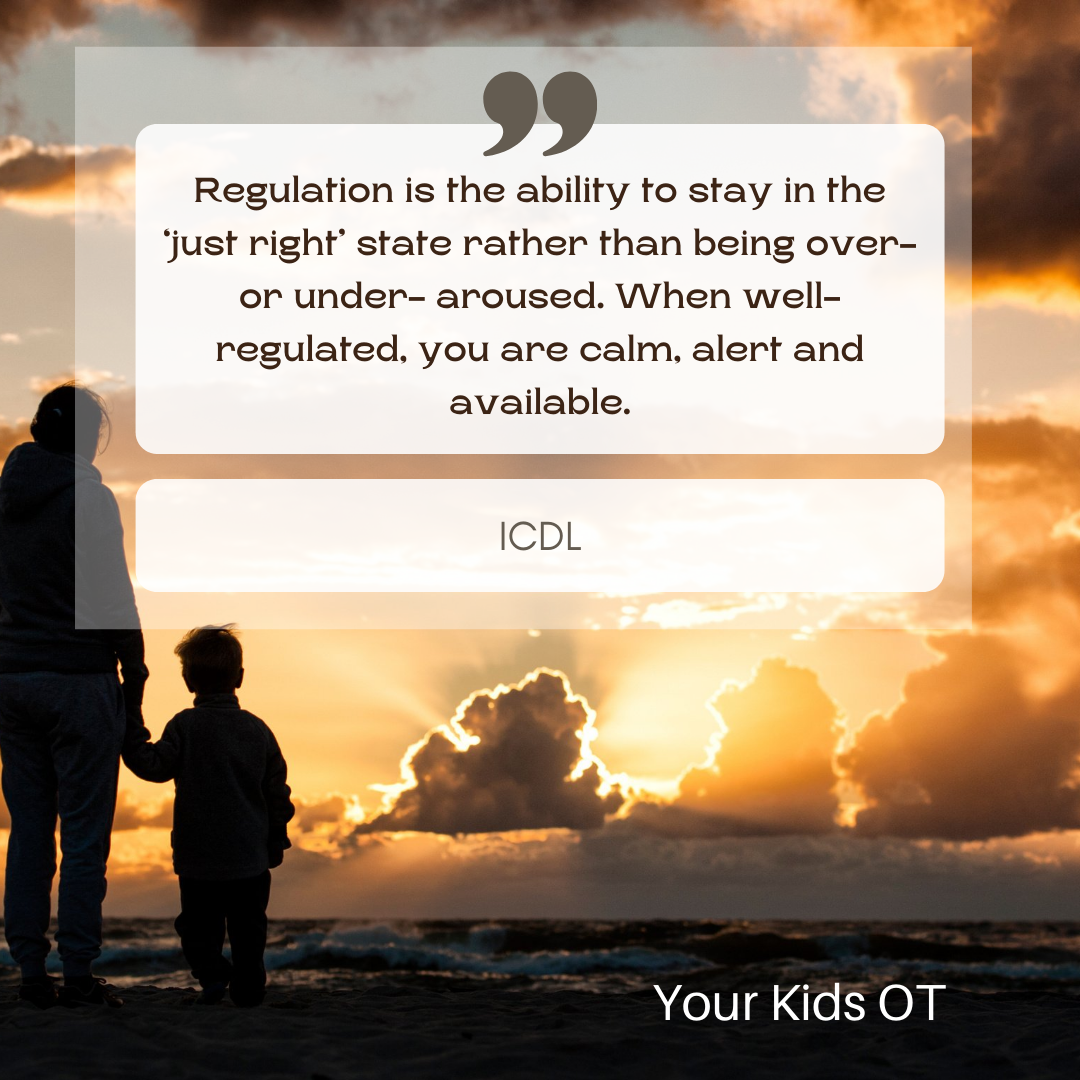
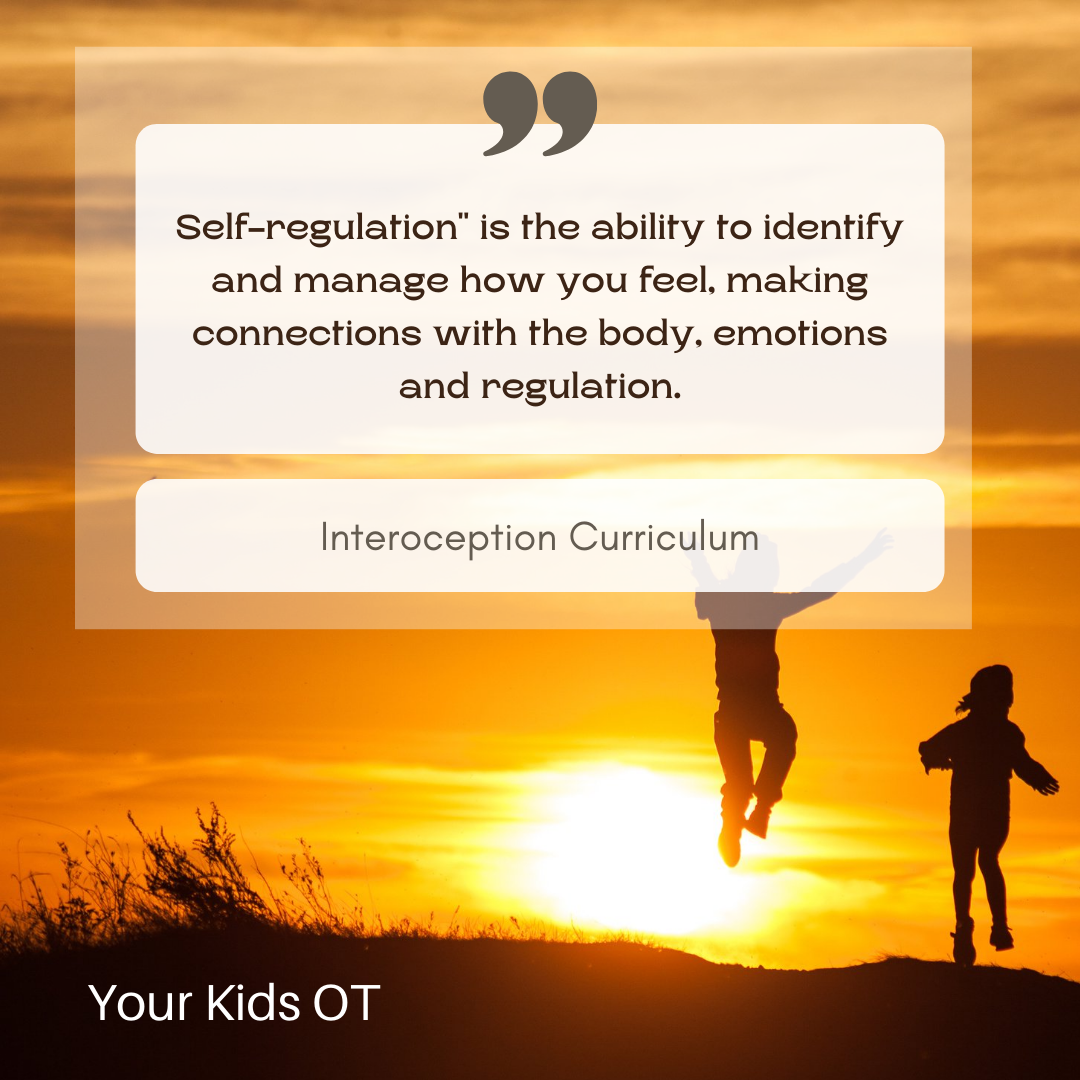
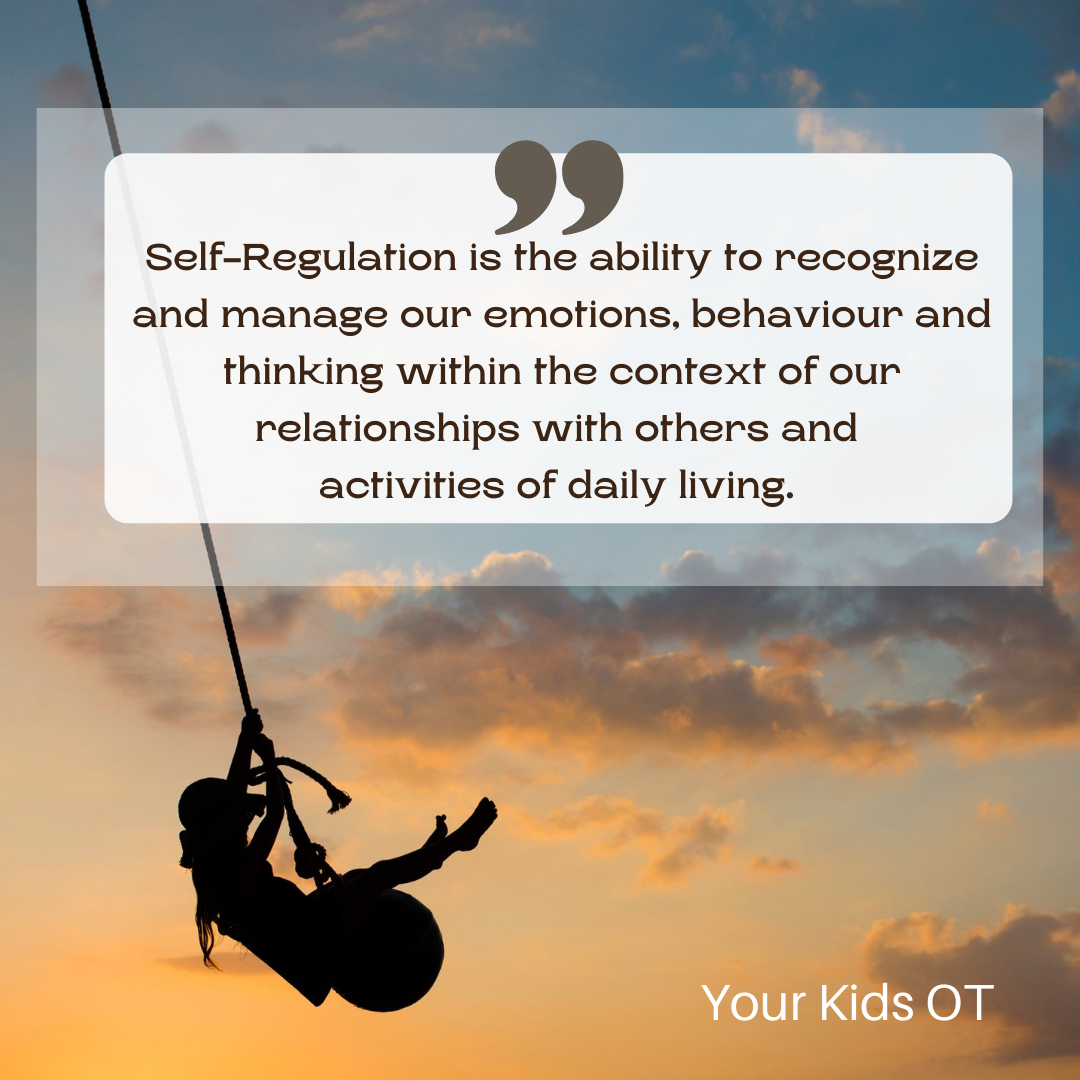
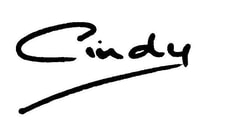
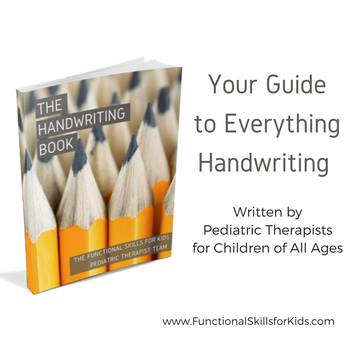
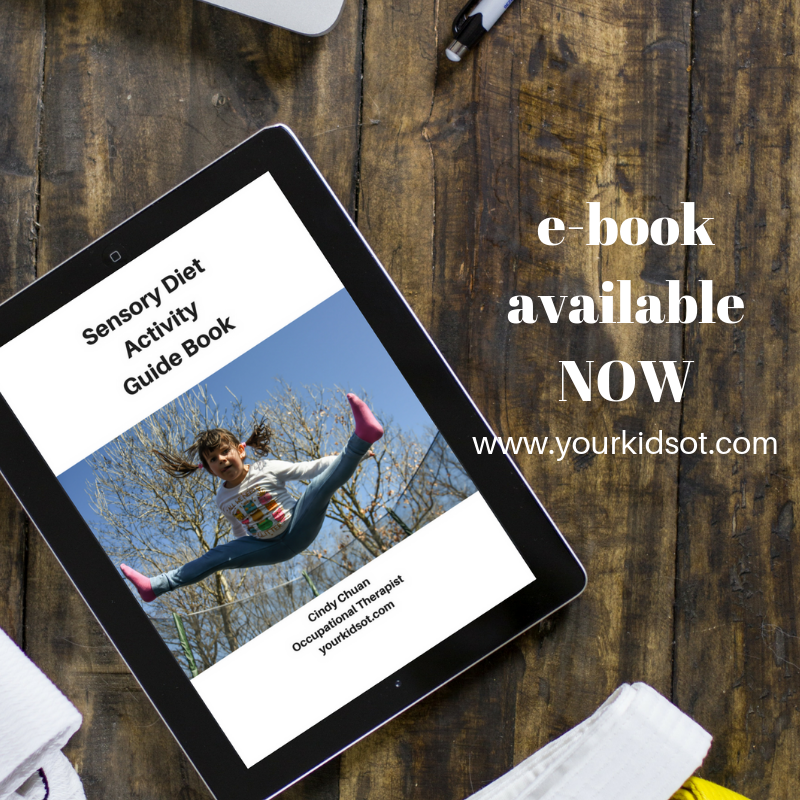
 RSS Feed
RSS Feed
